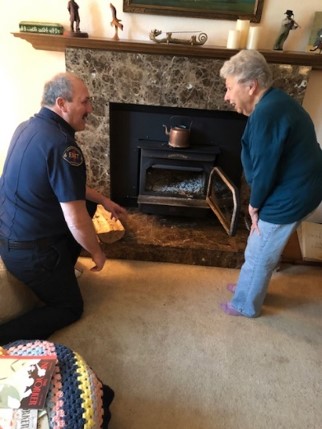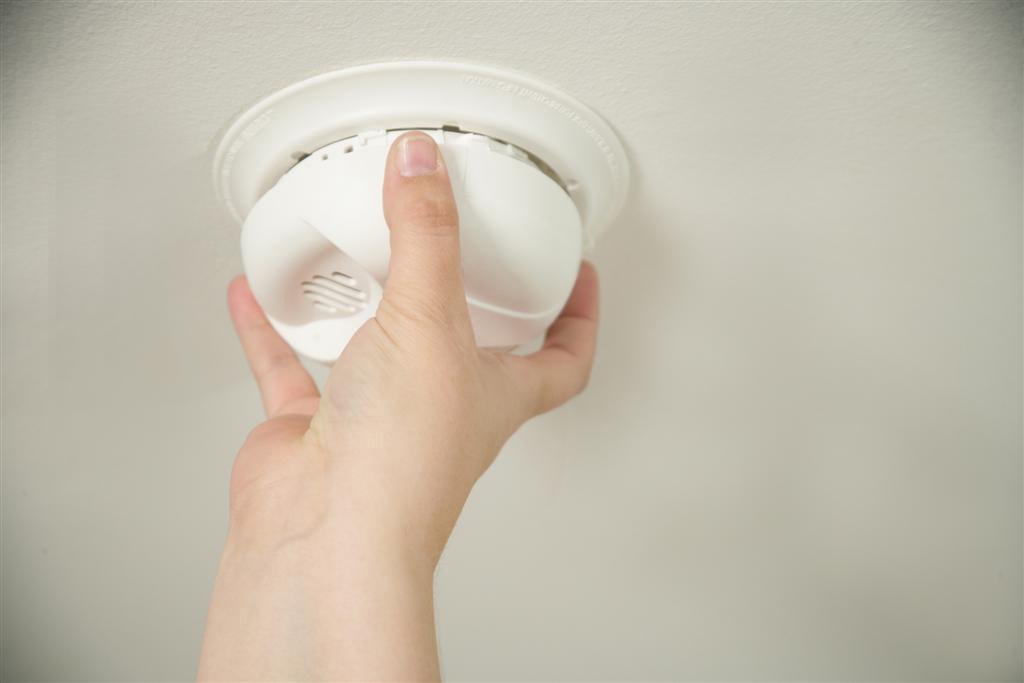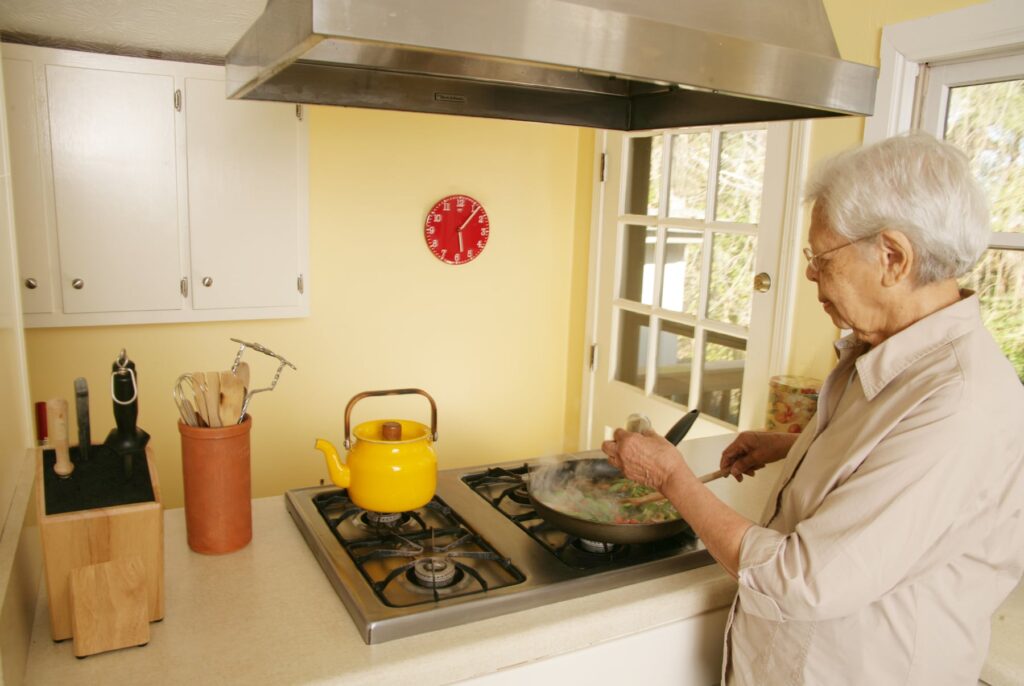Commercial occupancy inspections
We conduct commercial occupancy fire inspection efforts annually to ensure that local businesses meet the written fire code. Commercial buildings need to have functioning fire safety provisions built in to allow for rapid evacuation of patrons. Because the public is freely allowed to visit local business and educational institutions, the fire code is designed to address fire and life safety parameters and building code design standards. Manufacturing facilities must also comply with fire safety codes.
Private home inspections
We also conduct fire inspections of private residences as a courtesy, if an inspection is requested by the tenant or homeowner.
You can conduct your own fire safety review by using the National Fire Protection Association checklist, or our own Home Safety Checklist.

Fire prevention tips
Fire safety can seem daunting. But simple steps like maintaining a clear zone around your home and regularly cleaning your dryer lint trap can reduce the chance of injury to you and your family. There are some simple (but important) safety steps you can take. Read on, or download our home safety checklist!
MAINTAIN A 30-FOOT CLEAR ZONE: If a brush fire gets a little out of hand, or wind sends embers flying from your fire, you need to protect your home. Keeping shrubs, trees and other vegetation at least 30 feet away from your home buys you time so flames don’t immediately spread to your residence.
CLEAN YOUR DRYER FILTER: Failure to clean dryer lint filters and venting causes 34 percent of dryer fires – that’s 2,900 dryer fires each year nationwide. Never run your dryer without the lint filter, and clean it before each use. Make sure to check the venting hose behind the dryer to ensure it’s not kinked or damaged, and ensure your outside dryer vent opens when the dryer is in use.
SAFELY DISPOSE OF HOT ASHES: If your main heat source is a wood or pellet stove, make sure to safely dispose of hot ashes. Dispose of ashes in a covered metal container and store it outside, away from flammable materials; if you have a firepit or outdoor fireplace, you can dispose of ashes in those locations as well. Also recommended: Regular cleaning of your stovepipe or chimney to prevent chimney fires.
Smoke and CO detectors
How old is YOUR smoke alarm? National guidelines recommend replacing smoke alarms every 10 years because the sensors can become less sensitive. The manufacture date should be on the back of the alarm (the part touching the ceiling). Can’t find a date? You may want to replace all your alarms.
New alarms also come with a 10-year battery that’ll beep when it’s reached the end of its lifespan. Hard-wired alarm systems should be replaced with detectors that have a compatible hard-wired connection. Consult your electrician if needed.

If you need help replacing the batteries in your smoke alarm, call our Administration office at 360-387-1512.
Can’t afford to install a new smoke alarm? Unable to? The Red Cross offers free smoke detectors and installation on a limited basis. Find out if you qualify at https://getasmokealarm.org/ or by calling toll-free 1-833-918-1531.

We also recommend investing in carbon monoxide alarms.
We don’t see nearly as many CO alarms in homes on Camano Island as we should. CO is an odorless, tasteless gas that’s fatal if you’re exposed too long. You should have at least one CO alarm on each level of your home, if not more.
If you’re using a generator during an extended power outage, make sure it’s well clear of the house, and the exhaust is away from doors or windows.
Cooking safety
- Keep an eye on what you fry. Most cooking fires start when someone is frying food.
- Watch what you are cooking. Fires start when the heat is too high. If you see any smoke or the grease starts to boil, turn the burner off.
- Make sure you are awake and alert.
- Wear short sleeves or roll them up so they don’t catch on fire.
- Make sure children and pets stay at least 3 feet away from a hot stove.
- Turn pot handles toward the back of the stove so no one can bump them or pull them over.
- Move things that can burn away from the stove. This includes dishtowels, bags, boxes, paper and curtains.
- Find more cooking safety tips from the National Fire Protection Association







